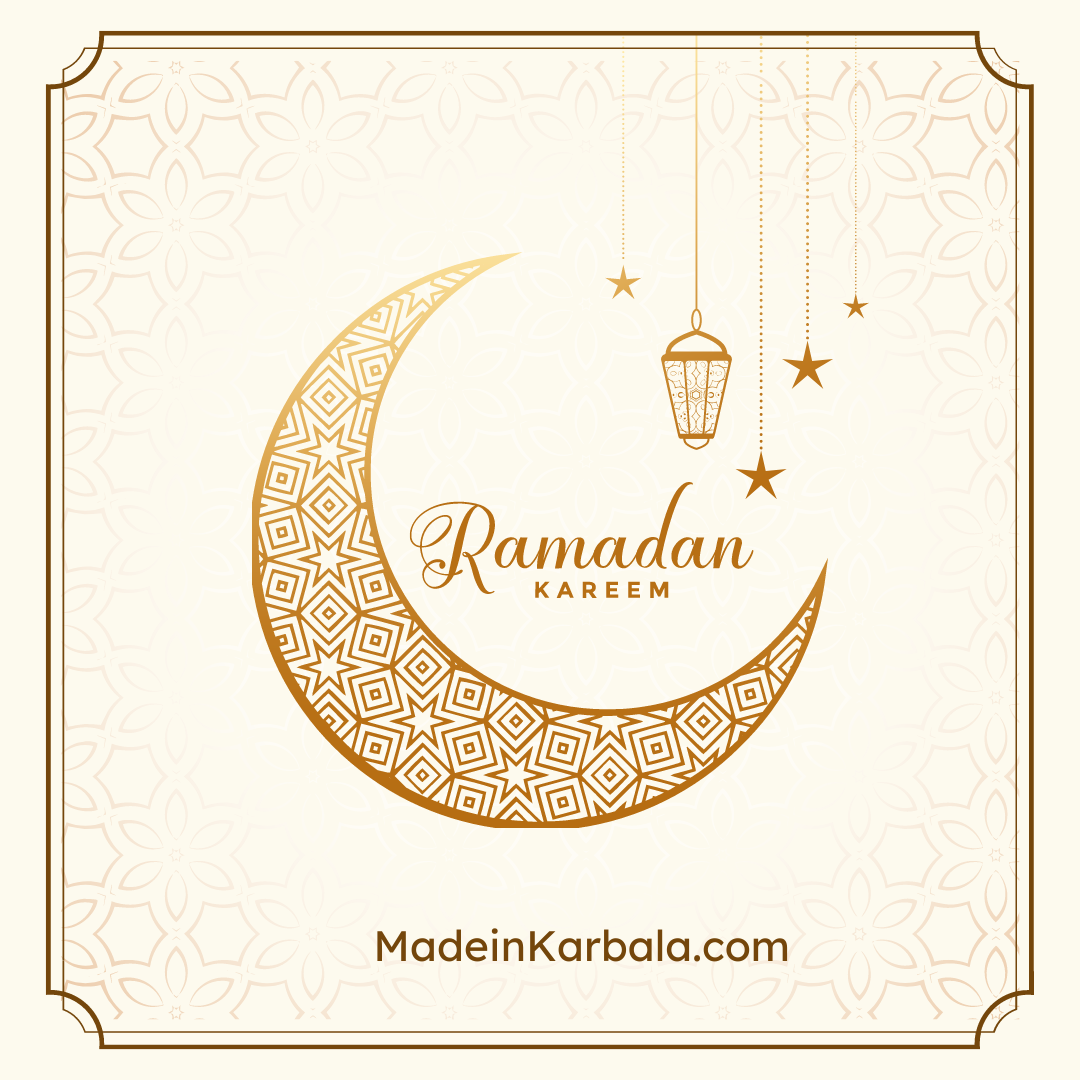
Unveiling the Rich History of Ramadan Traditions: A Cultural Voyage Through Time
Immerse yourself in the enthralling history of Ramadan traditions from around the world, as we explore the origins and stories behind the customs that shape this sacred month.
Ramadan, the holiest month for Muslims worldwide, is marked by fasting, prayer, and acts of charity. Over time, diverse and fascinating traditions have emerged, adding depth to the cultural mosaic of this sacred period. In this blog post, we'll take you on a captivating journey through the history behind some of these Ramadan traditions, revealing their origins and evolution across the ages.
-
Turkey's Dawn Drummers: The Davulcular Originating in the Ottoman Empire, the davulcular tradition involves drummers, clad in traditional attire, strolling through the streets and playing rhythmic beats on their davuls (large drums) to awaken residents for suhoor, the pre-dawn meal. This enduring custom continues to enliven Ramadan in Turkey, preserving an invaluable piece of the country's cultural legacy.
-
Egypt's Radiant Lanterns: Fanous Ramadan The fanous, or Ramadan lantern, is believed to have emerged during the Fatimid dynasty in the 10th century. Legend has it that the Fatimid Caliph Al-Mu'izz Li-Din Allah arrived in Cairo during Ramadan, and the city's inhabitants illuminated his path with lanterns. The fanous subsequently became a symbol of joy and unity in the holy month. Today, these vibrant, intricately designed lanterns grace homes, streets, and markets across Egypt, casting a warm, festive ambiance over the nation's Ramadan celebrations.
-
Palestine's Awakening Call: The Mesaharati The mesaharati tradition can be traced back to the time of Caliph Umar ibn Al-Khattab, who appointed someone to rouse people for suhoor using a drum. This practice eventually spread throughout the Islamic world, evolving into the mesaharati in Palestine. These individuals roam neighborhood streets, beating drums and reciting verses to awaken residents for the pre-dawn meal. The mesaharati remains a nostalgic and unifying presence during Ramadan in Palestinian communities.
-
The Iftar Cannon in the United Arab Emirates The custom of firing a cannon to mark the end of the daily fast has its roots in 19th-century Egypt. As the story goes, a military commander inadvertently fired a cannon during iftar time, and people appreciated the audible reminder to break their fast. The tradition spread to other countries, including the United Arab Emirates, where it endures today. The resounding boom of the cannon, echoing through cities like Dubai and Abu Dhabi, signifies the time to gather for iftar, the evening meal.
-
Indonesia's Night of Forgiveness: Malam Lailatul Qadar The Night of Forgiveness, or Malam Lailatul Qadar, holds special significance in Indonesia. The custom of visiting the graves of deceased loved ones on this night stems from the belief that the souls of the departed can benefit from the prayers and blessings of the living. This tradition, which fosters family unity and spiritual growth, remains a vital aspect of Ramadan celebrations in Indonesian communities.
The rich tapestry of Ramadan traditions offers a fascinating glimpse into the history, culture, and shared values of Muslims across the globe. These enduring customs, each with its unique narrative, remind us of the interconnectedness of the global Muslim community and the unifying power of the holy month. As you observe Ramadan, take a moment to appreciate the enthralling history that underpins these cherished traditions.
